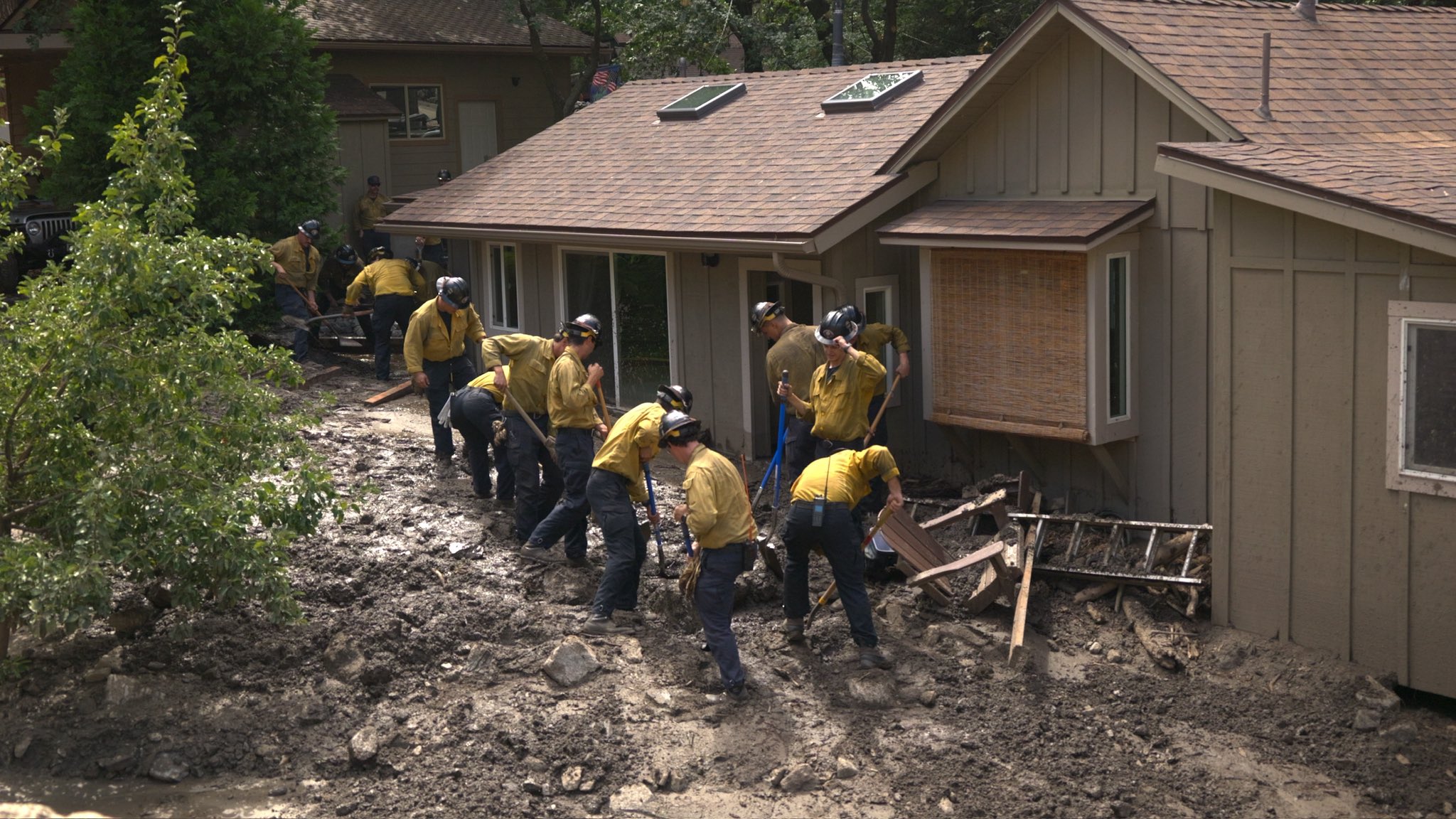What we’re watching: Weekly disaster update, September 22

We know all too well that disaster can strike anytime, anywhere in the world. Some disasters make headlines; others do not. Here at the Center for Disaster Philanthropy (CDP), we monitor the status of disasters worldwide and compile a list of the ones we’re tracking weekly, along with relevant disaster-related media coverage.
Here’s what we’re watching for the week of Sept. 22, 2025.
New or Emerging Disasters
Super Typhoon – The Philippines: Super Typhoon Ragasa is one of the most powerful typhoons recorded this year. It made landfall over Panuitan Island, in the Philippines’ northern Cagayan province, on Monday, Sept. 22, with sustained winds of 165 mph, the equivalent of a Category 5 hurricane. Thousands of people have been evacuated, and many have sought refuge in emergency shelters. Calayan Island lost power, along with other northern provinces. Severe flooding is expected with a storm surge in excess of 10 ft. The storm is forecast to make landfall in China on Wednesday.
Flooding – California: Heavy rain on Thursday, Sept. 18, caused flooding and debris flows in San Bernardino County. One child died after being swept away in floodwaters. Ten people required rescue as debris flows trapped their cars on Highway 38. Mudslides damaged homes after two inches of rain fell in two hours.
Previous/Ongoing Disasters
Floods – South Sudan: In Unity, South Sudan, floods have displaced more than 100,000 people, and over 70% of the land has been submerged under water, burying schools, houses, health facilities and farmland. The surge of water has also contaminated water sources, exacerbating the cholera outbreak. Many of those who have been displaced were already forced to flee their homes due to conflict.
Complex Humanitarian Emergencies – Myanmar
When a country experiences political conflict, climate shocks, famine, economic challenges or other conditions, it may suffer a complex humanitarian emergency (CHE). CDP maintains complete profiles on several CHEs. Every week, we highlight these and other CHEs, hoping to build awareness and increase philanthropic response.
The crisis in Myanmar continues to escalate due to worsening violence amid a civil war, which began in 2021, along with recent disasters like the earthquake in March and global aid funding cuts. The humanitarian emergency in Myanmar is one of the worst in the world, and yet it is one of the most underrecognized.
Key Facts
- 16.7 million people are food insecure (nearly one in three).
- Disease outbreaks (malaria, acute watery diarrhea and scabies) are spreading in displacement camps due to overcrowding and poor sanitation.
- Floods and landslides since July have killed at least 16 people, displaced 18,000, and affected 131,000, amid agricultural losses and damaged infrastructure.
- Food prices have risen 30% in the past year, leaving millions unable to afford basic staples.
- Protection concerns are acute, as militants fail to distinguish between combatants and noncombatants. Violence, aerial bombardments, forced recruitment, child labor and human trafficking are widespread.
- Cross-border displacement continues to rise, with neighboring countries hosting over 1.1 million refugees from Myanmar.
- More than 3.5 million people are internally displaced.
- Following a 7.7-magnitude earthquake in March, 2.8 million food-insecure people were directly affected, and over 3,700 deaths were recorded.
- Only 570,000 people—about 20% of those in emergency need—are currently receiving food aid due to major funding shortfalls.
In 2025, Myanmar ranks among the world’s most underfunded crises. As a result, at least 212,000 people have no access to health care. Programs to support survivors of violence, including those from unexploded ordinance and gender-based violence, have been significantly reduced or halted. Devastating climate shocks against the backdrop of civil war mean that funding across all sectors of humanitarian aid is urgently needed in Myanmar.
What We’re Reading
- The climate is changing – Can we change how we insure against disasters? – The Miami Foundation
- Maui’s new temporary homes show what better disaster housing can look like – Fast Company
- A walk across Alaska’s sea ice brings to life the losses that appear in climate data – The Conversation
A moment of hope… The High Seas Treaty will become international law after Morocco became the 60th country to ratify it. The treaty establishes new legal pathways for creating large-scale protected marine areas in nearly two-thirds of the world’s oceans to safeguard migratory species, regulate deep-sea mining and advance the global “30×30” goal to protect 30% of the world’s land and oceans by 2030.
